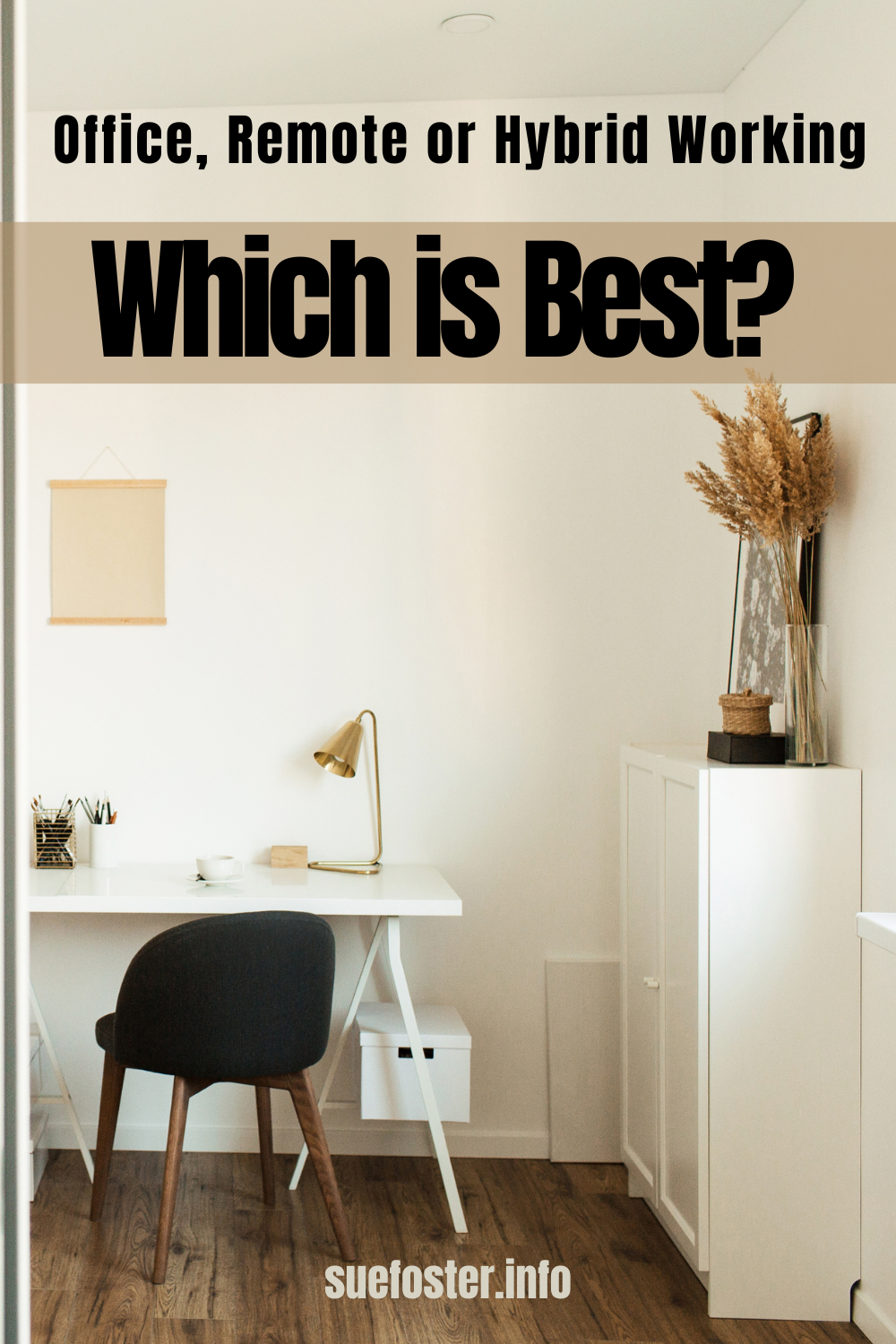Since the global pandemic, there has been much discussion about working practices. As countries were thrust into complete lockdowns, office workers around the world were forced to work from home. Modern technology and digital transformation services have made this easier than ever, as we have the tools in place to communicate with colleagues, access shared data, and maintain cybersecurity without sacrificing the quality of work.

But as the world reopens, there is a lot of disagreement about whether professionals should be returning to the office or not. There are many proponents for remote working, who love the freedom and work-life balance it offers. Others, however, feel that a communal office allows for greater productivity and a sense of community.
Several companies are striking a balance by adopting a hybrid method of working, in which employees may work from home some of the time but are required to commute to the office occasionally.
But which practice is best? The following article takes a look at the benefit of each mode of working, to help you design which is right for your needs.
The Office
There is something to be said about face-to-face communication, and working closely with colleagues and holding face-to-face meetings is preferable to conversing over the internet. The various interactions that occur over the course of a working day can spark creativity and innovation, while also giving coworkers a chance to bond with other human beings. An office-based business is far more likely to establish a positive company culture than one where its workers are physically separated.
Remote Working
Remote working is the preference for many modern professionals. It allows them to save money by avoiding travelling to an office every day and gives them much more free time.
Maintaining a healthy work-life balance is much easier since you have more freedom to adjust your schedule as needed. Need to visit the dentist or pick your kids up from school? No problem, just nip out and run your errand and carry on working once you return home.
You can work according to your schedule and preferences as long as you get your tasks done and are on call during work hours. If you’re sick of being at home all day, head to a local coffee shop or library for a change of scenery. It’s no wonder that remote workers tend to report better mental health, happiness, and productivity.
Hybrid Working
The main draw of the hybrid working model is that it offers both employers and employees the best of both worlds. It allows for all the benefits of face-to-face collaboration with the added work-life balance that remote working brings. It is preferable for those who wish to socialize with their coworkers and be part of company culture while also having more time and freedom in their working lives.
In conclusion, it seems that hybrid working offers the perfect level of compromise between remote and office working, although the perfect solution depends on the needs and practices of each business and employee.


